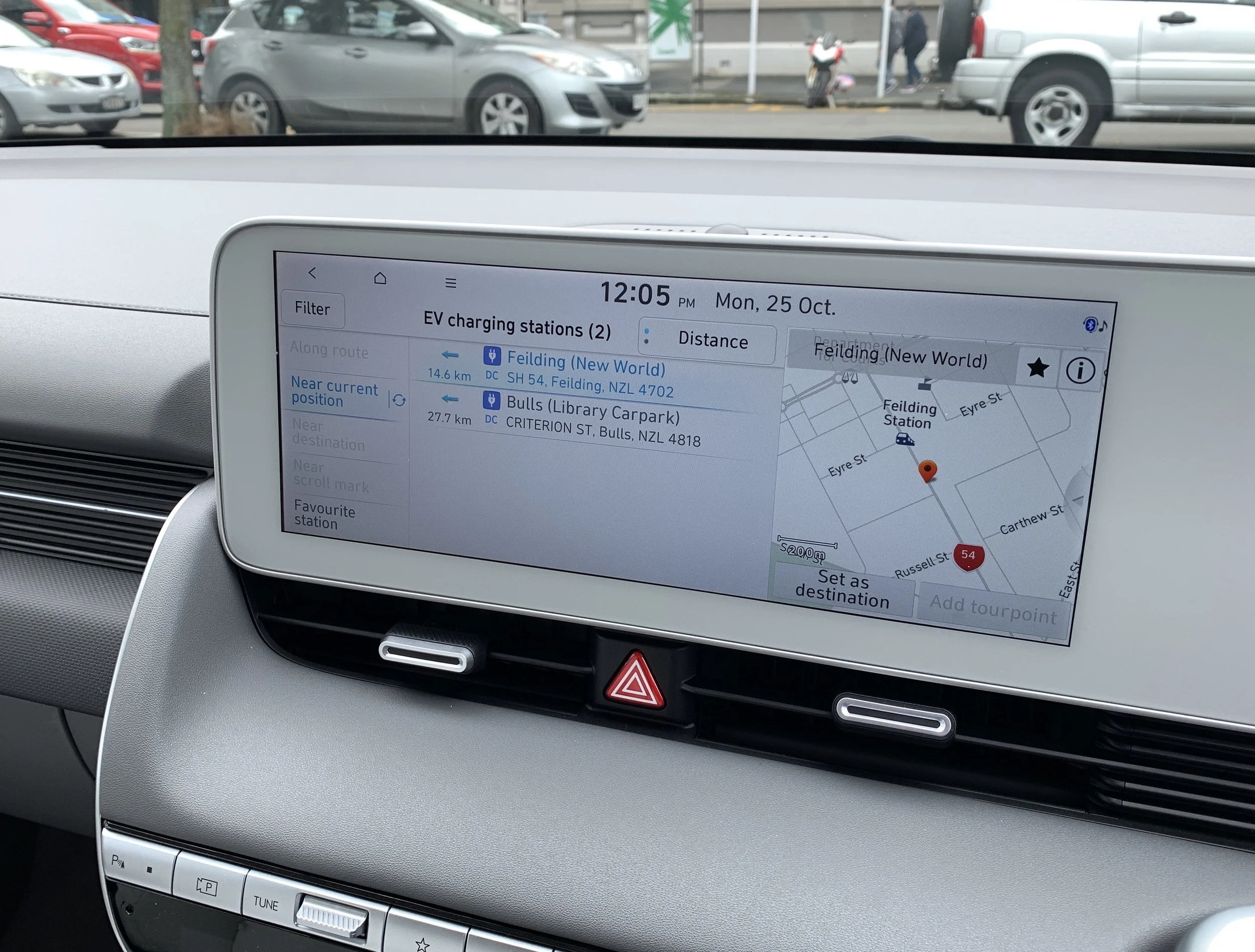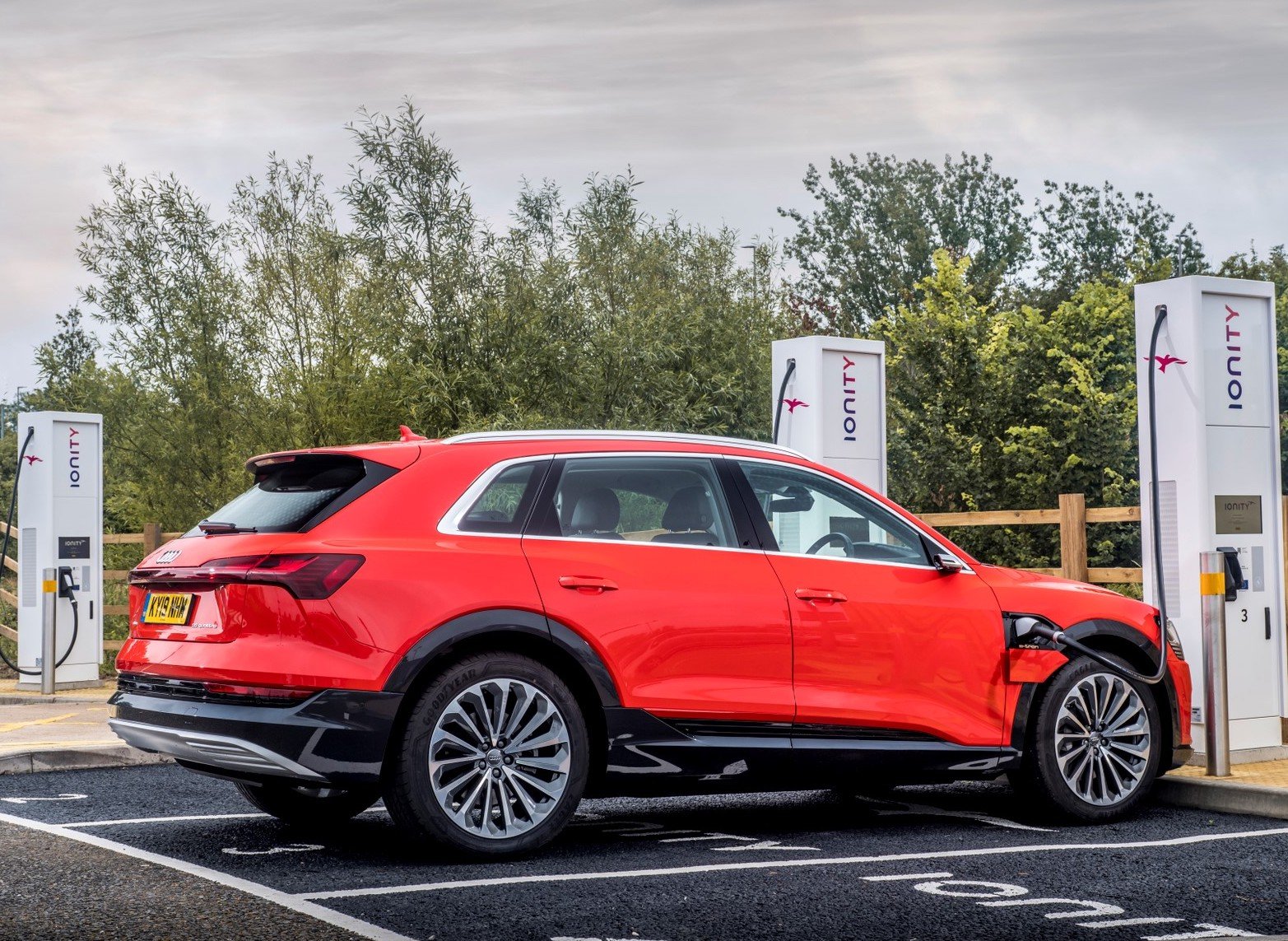EV Charging: Hot mess or up to task?
/A national charging infrastructure for recharging electric vehicles is well-established – there’s a charger every 75kms. But does that mean the network enjoys a good state of health?
FIVE in the evening, your electric vehicle is at five percent battery, midway on a long trip and the fast charger you go to for replenishment is broken.
Worse, when you call the 0800 number, there’s no response. So, to another charger, just 1km away. It’s a battle through heavy traffic to reach it. Guess what? Another vehicle is plugged in.
How long do you wait? The car is unattended. When it's finished charging, do you pull the plug out or wait the driver’s return? It’s someone else's property, after all. As in typical, the charging post has two car parks. The other one is also occupied by an electric car. But it’s not charging. Can you call someone to get it towed?
Such a situation is rare. Working as intended, visiting a fast charger is a painless exercise. You wave the fob, plug in (or sometimes plug in first, depending on the car). Get a coffee, watch your app, and drive away in your vehicle.
Fortunately, over 80 percent of EV charging happens at home (often at impressively low cost), but an extended trip means using the public charging network.
So, what’s the state of the public charging network?
In this country, charging an EV may require using multiple providers, payment systems, configurations, apps and fobs, which hold a RFID chip, used by many organisations to facilitate electronic identification.
Chargers are spread across multiple locations, and they are sometimes in unusual places; for instance, hidden within existing car parks. There are now over 340 fast chargers nationally and at least one charger every 75km. But maybe we should be measuring by the number of EVs rather than road distance?
Pricing can range from free, to per-minute, per kWh, or idle charges.
The industry is evolving rapidly, with improvements happening every week, but the system can be daunting for many new EV owners.
Do you charge CHAdeMO or CCS, Type 1, Type 2, AC, DC, fast, rapid, hyper-rapid? How many kilowatts? What is a kilowatt anyway? Add an extra layer of apps, accounts, and providers, and the whole process can seem overwhelming.
At last count, the following providers are operating in the charging space:
Chargenet (first to market with more than 280 AC and DC chargers).
OpenLoop (predominantly North Island).
Z Energy (establishing its own network).
Hikotron (AC chargers in Waikato, but rolling out nationwide in conjunction with Mercury)
Zero (Meridian network of mostly AC chargers).
Thundergrid (Wellington-based, some public chargers).
Tesla Superchargers (there are around 14 sites spread around the country).
BP (targeting EV chargers at 50 service stations by the end of 2023).
Jolt (a partnership with Mitre10, just rolling out now).
Kiwev (has chargers at motels).
Rates vary from nothing at all to 85 cents per kWh. Some providers also have per-minute or idle fees.
What needs to improve? I’d say some important steps could be taken to improve user-friendliness.
For one, broken and faulty chargers need to be fixed ASAP. This is critical. With the scarcity of charging points, just one outage can ruin a trip.
A unified payment system would also be nice. It seems unlikely given it is a competitive and open marketplace. Even a single fob that accesses multiple chargers would be nice.
Ability to pay by credit or debit card would be a step up. At present, all EV chargers require accounts. You cannot pay by contactless card. EV charging sessions are low-cost, so presumably it's the per-transaction costs that are preventing this. Also, the charging hardware used in NZ (so far) does not have built-in terminals.
Another improvement would be to providers to implement cables that reach. With a growing fleet of makes and models, charging ports can be anywhere on a vehicle.
Another improvement would be to have multiple charge spots that can be used at a time. Some stations can charge just a single car. With the growing number of EVs, this is problematic.
Enforceable rules around parking spots would be great, too. Given that vehicles can be unattended, what happens if a combustion car has taken the spot? Or an EV owner is taking an extra-long lunch?
I’d also suggest it’d be good to ditch the terminology. Instead of "rapid", hyper-rapid", "fast", ultra-fast" – these are all relative terms. Just call the charger by its kW speed.
Building large-scale charging hubs would be great. This year in Europe there was a big increase in the charging superhubs (as above), some capable of charging more than 40 vehicles at one time. Imagine that, compared to the current situation in which there might be just three or four chargers spread across town. NZ needs dedicated charging hubs.
Summer is coming. Here’s a tip – be patient. The charging network is in its infancy with many of the teething issues one can expect from new adoption. It's encouraging to see the speed of change, and new partnerships being rolled out.
Fueling your petrol car requires no planning - because NZ has an extensive and reliable fuel supply system. This is the result of 100 years of evolution (the first petrol pumps appeared in the 1920s).
Chargenet's first EV charger went live in 2015. As the first significant player, they have done a courageous job in an emerging market.
Just seven years on, we have multiple hundreds of chargers, with technology and speed constantly improving.
However, at the end of 2022 we are close to doubling the number of plug-in cars that we had in 2021. Has the charging network doubled in capacity? Not so much.
Expect the next seven years to look very different. I can foresee: Solar-powered charging stations; dedicated large-scale destination charging stations (handling large numbers of vehicles); battery-powered chargers (already in prototype using old Nissan Leaf batteries) and prolific installation of 'destination' chargers (charging at the places you shop and work).
In the meantime, bring a dose of patience when you turn up to a popular charging spot (along with your app and fob). To be fair, queues also appear at petrol stations – you just pay an awful lot more cash for the privilege.
James Foster is host of the website site evdb.nz that maintains data on the various charging networks around the country.




















